
A team of scientists from the UK (University of Warwick) and Canada (York University) have demonstrated a system to code any generic message into evaporated alcohol molecules. The researchers believe their molecular communications system, which works in a similar fashion to how animals communicate with pheromones, could be used for the transmission of messages and data in challenging environments where electromagnetic waves cannot be used, for example in underground structures such as tunnels, pipelines, or in underwater environments.
The first demonstration involved sending some of the Canadian national anthem across an open space of several meters before it was decoded by a receiver. The hardware, according to a report in the journal PLOS ONE, is made from off-the-shelf electronics and costs around $100.
The transmitter is controlled by an Arduino Uno open-source electronics prototyping platform, which converts the text message to a binary sequence. To modulate the binary code into chemical signals, the researchers used an electronic spray called DuroBlast that can disperse a wide variety of liquid chemicals – in this case alcohol.
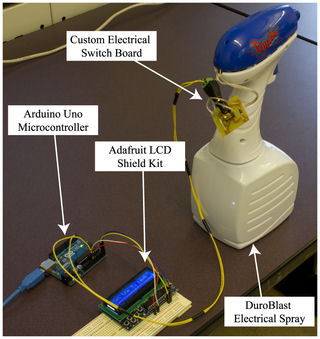
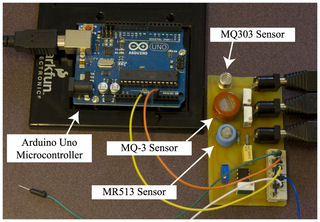
At one bit per 2 seconds the transmission was found to be unreliable at small distances of up to 2 meters. At the rate of one bit per 5 seconds, the transmission was very reliable over various distances from 1 meter to 4 meters. The researchers say that the smallest transmission rate that is reliable at distances up to 4 meters is one bit per 3 seconds.
Guo believes that applications could include wireless monitoring of sewage works and oil rigs – and also, the human body. “For example, in medicine where recent advances mean it’s possible to embed sensors into the organs of the body, [but] in these tiny scales and in special structural environments, there are constraints with electromagnetic signals such as the ratio of antenna size to the wavelength of the signal, which chemical communication does not have. Molecular communication signals are also biocompatible and require very little energy to generate and propagate.”
Related:
Discuss this article in our forum
Chemosignal Unlocks Sexual Desire In Women
Mating choices driven by bacteria?
Bio-computer combines DNA memory and cellular logic gates
No power source needed for new wireless communications technique

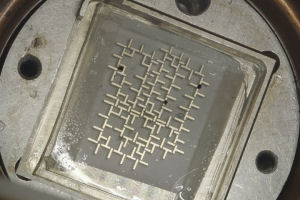
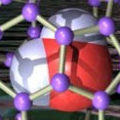



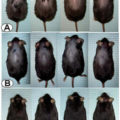

Comments are closed.